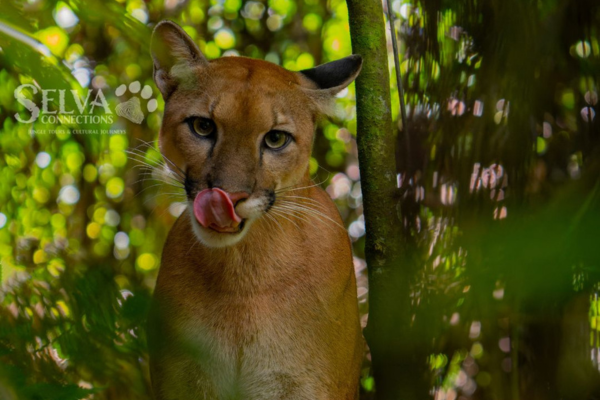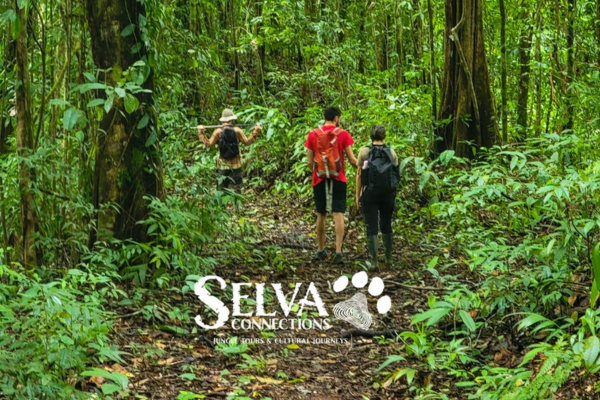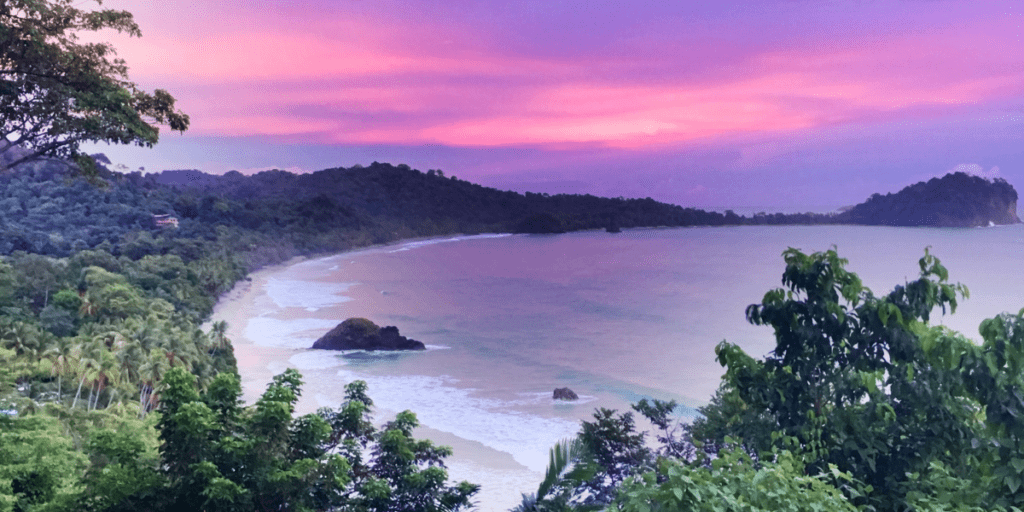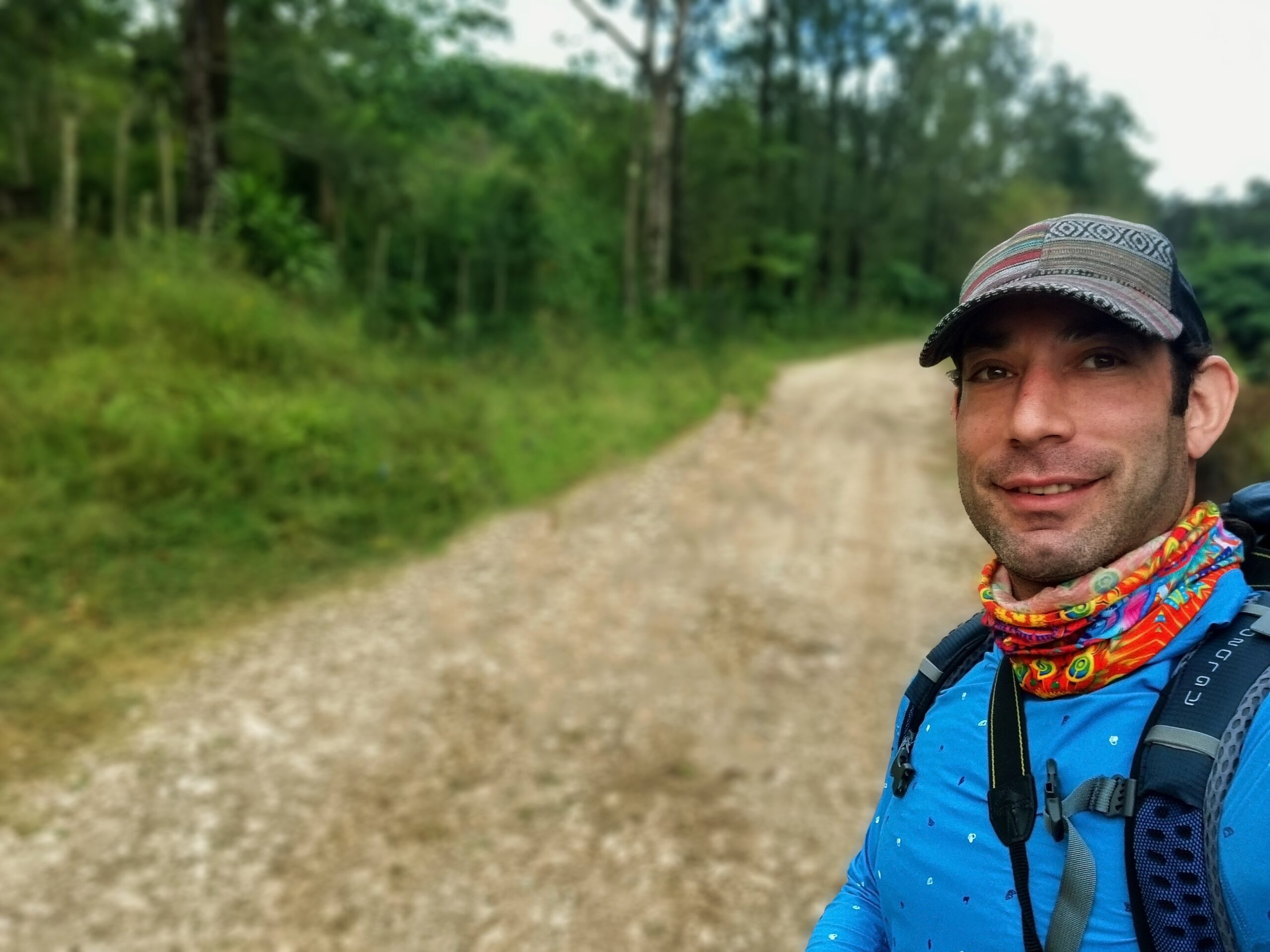Embark on an unforgettable eco-adventure in the most biodiverse place on Earth, the Osa Peninsula of Costa Rica. Discover the wonders of Corcovado National Park, learn about conservation efforts, and uncover the treasures of this extraordinary region.
Calling all nature enthusiasts! Have you heard of the Osa Peninsula in Costa Rica? This remote and untouched paradise is a testament to the incredible diversity of life on our planet. It’s a premier destination for ecotourism, adventure seekers, photographers, scientists, and nature lovers alike, and in this blog will take you on a journey through it to show you how conservation and sustainability, and the remote off-the-beaten-path location make it a true paradise!
Spanning 700 square miles of pristine tropical wilderness, the Osa is located in the southern part of Costa Rica. It boasts an astonishingly rich biodiversity with over 300,000 unique species, including elusive felines, playful monkeys, vibrant birds, and rare reptiles. Marine life is just as captivating, with dolphins, sea turtles, and seasonal humpback whales thriving in the surrounding waters.
So why not pack your passport and join us on an unforgettable expedition to Costa Rica? You’ll explore an alive and magical piece of land!

Conservation & Sustainability: The Heartbeat of the Osa Peninsula
Remarkable for its conservation and sustainability, the region has been the focus of various initiatives aimed at preserving its unique ecosystems and promoting sustainable practices. Here’s some great examples:
Corcovado National Park: At the heart of the Osa Peninsula lies Corcovado National Park, a 164 square mile sanctuary that epitomizes the region’s commitment to conservation and sustainability. With 4 main ranger stations, well-maintained trails, limited permits, and strict regulations, the park ensures the preservation of its natural wonders while providing visitors with unforgettable memories and a safe habitat for numerous endangered species.
Only 100 people are permitted to visit the main station daily, and another 70 are allowed to stay overnight. Reservations and permits must be secured in advance, outside food is prohibited, and visitors must be accompanied by a guide at all times. By adhering to park rules, visitors can contribute to minimal human impact on the park’s delicate ecosystem.
Community-Led Conservation: Beyond the park, communities, businesses and family projects across the Osa Peninsula empower locals and promote a sustainable future participating actively in conservation efforts, from agricultural initiatives to sustainable tourism, these projects foster a harmonious relationship between the environment and those who call this paradise home. Locals help monitor wildlife populations, protect nesting sites, carry out garbage collection campaigns, and in general, they work towards reducing threats to all the species.
Engage in community-driven projects that combine immersive tours, such as exploring historical gold mines, embarking on captivating chocolate adventures, traditional fishing experiences, and immersing yourself in the wisdom of indigenous communities to learn about their traditions, beliefs, and way of life. These tours directly support and empower the local people and their culture, guaranteeing visitors a profound and meaningful experience.
Protection of Endangered Species: The Osa safeguards numerous endangered species, including the majestic Baird’s tapir, white-lipped peccaries, elusive jaguars, playful squirrel monkeys, formidable crocodiles, enchanting humpback whales, gentle sea turtles, and Costa Rica’s largest population of endangered scarlet macaws, among many others. Both Corcovado National Park and the dedicated local communities take immense pride in their conservation efforts, ensuring these magnificent creatures continue to thrive.
Marine Protection: The region’s marine life, including sea turtles and humpback whales, benefits from programs like monitoring and protection of nesting sites, reduction of artificial light and plastic pollution, and community education about its protection.
Habitat Restoration: Efforts are made to restore and preserve natural habitats, which are crucial for the survival of endangered species. This includes reforestation initiatives and the creation of biological corridors to connect fragmented habitats, restoration of reef ecosystems.
Wildlife respect: Due to the importance of these ecosystems, it is important to ensure that wildlife in the area is respected and protected. Tour operators play a crucial role in this effort by following guidelines that protect wildlife. For example, they maintain a safe distance from animals and limit noise to avoid disturbing them. In addition, some tour operators contribute directly to conservation projects in the area, which helps preserve the habitat of these animals.
Research & Education: Various organizations conduct research on the peninsula’s endangered species to inform conservation strategies. They also run education programs for locals and visitors about the importance of protecting these species.
These efforts come with great reward. For instance, the population of scarlet macaws has rebounded in recent years, and the peninsula is now home to the largest population of this bird in Central America.
Legislation & Enforcement: Costa Rican laws offer robust protection for endangered species, and these laws are enforced on the Osa Peninsula. For example, hunting is banned, and there are strict penalties for wildlife trafficking.
The joint endeavors have resulted in noteworthy achievements in preserving and maintaining the sustainability of the Osa Peninsula.

Off-the-Beaten Path and Remote:
Unlike traditional tourist destinations, the Osa Peninsula remains mostly untouched by sprawling resorts, creating an opportunity to experience nature, wildlife, and local culture in its purest form. As you venture through this breathtaking region, eco-adventures await around every corner. Exhilarating day hikes and captivating wildlife safaris, mesmerizing birdwatching tours, multi-day expeditions, unforgettable jungle camping, whale watching and kayaking, cultural tours… In Osa you have endless opportunities for wildlife spotting, photography, and connections with the wonderful local people.
In conclusion, it’s evident that the Osa Peninsula stands as a paragon of ecotourism and adventure. Its unparalleled biodiversity, wildlife conservation, safeguarding of endangered species, support for local communities via sustainable practices, and the thrill of exploring hidden areas all contribute to an experience that’s truly one-of-a-kind.
Embark on a journey to “The Other Side of Costa Rica,” where the perfect fusion of nature and community exists. Don’t let this unique opportunity slip away – start designing your sustainable adventure to the Osa Peninsula today! For more information about this enchanting region, our tours, and adventures, visit www.SelvaConnections.com. Together, let’s embark on a journey of exploration, connection, and conservation. Your adventure awaits!

